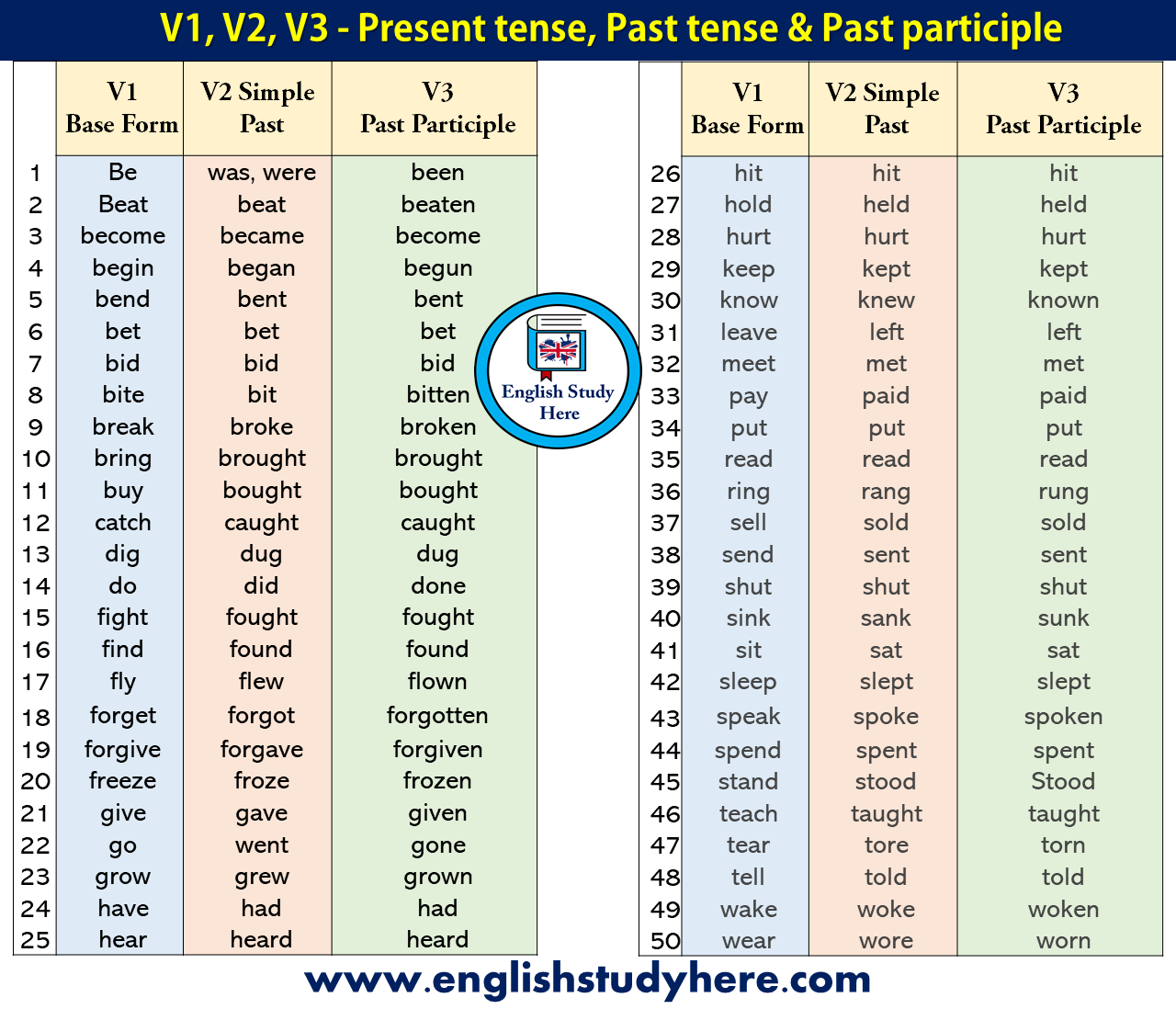
Let’s reconsider the present participle verbs from the previous example. 99) and this is where the auxiliary verb comes in. Mark Treddinick (2008) says ‘verbs very often do their work in phrases’ (p. Auxiliary VerbsĪuxiliary verbs are also called helper verbs, and they do just that: they help a verb carry its action. Before we go any further, we should explain auxiliary verbs. Talking walking singing eating stalling waiting watching teaching catching swimmingĭepending on the auxiliary verb it is used with, it can be in past, present or future tense. Here are some examples of present participles: Mark Treddinick (2008) explains that a present participle ‘combines with the verb to be to make the continuous form of the verb’ (p.

Present participle is the plain form of the verb, plus the suffix ‘ing’. This verb form is fairly straightforward. We also define auxiliary or helper verbs, as they are used alongside present participle verbs.

This article will explain the present participle form of verbs. We encourage you to catch up on ‘ Understanding Verb Forms-Part One’ and ‘ Understanding Verb Forms-Part Two’, which cover plain and past tense form, and past participle form respectively. This is the third, and final, instalment in our ‘Understanding Verb Forms’ series.


 0 kommentar(er)
0 kommentar(er)
